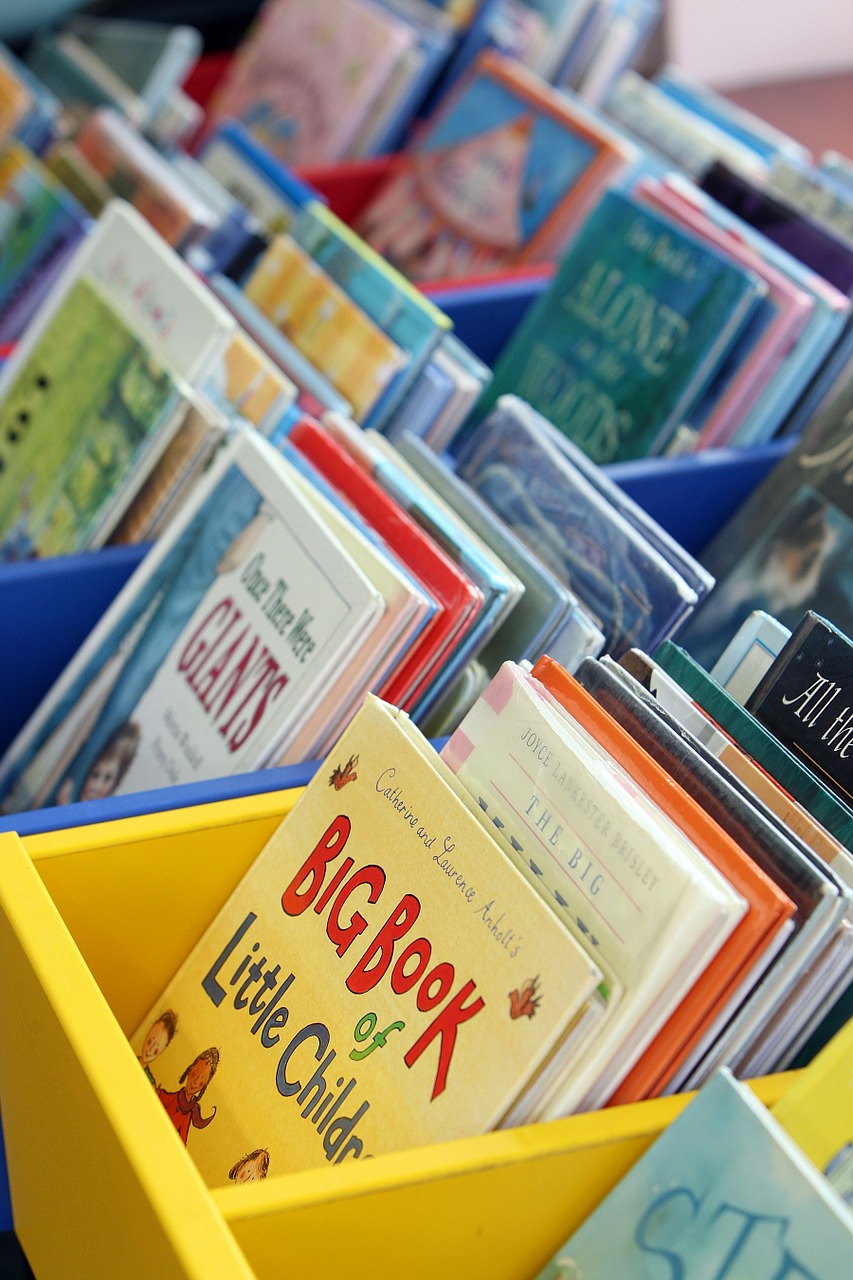-
Introduction
Massachusetts Early Learning Guidelines for Infants and Toddlers (2010) define communication and literacy or the use of language as:
Communication is the exchange of information between individuals through a common system of symbols, signs, and gestures of behavior. A child’s ability to communicate is dependent upon an awareness of appropriate social practices in language usage, (pragmatics) the ability to listen, to make meaning of and to follow verbal conversation (receptive language).
Language for Learning Video
Language for Learning: Infants and Toddlers published on Feb 4, 2011. The purpose of this video is to illustrate the role of the teacher in using language to support children’s development. The interactions you will see include positive language, expansion, questioning, and redirection. Teachers use these techniques to expand children’s knowledge, encourage complex thinking and problem solving skills, and help children develop appropriate behavior and positive social skills.
Self talk is when the caregiver narrates or describes what is going on in the child’s world by putting word labels on things. For example, if a child looks toward the door as a parent enters the room, you might say, “That’s Jenny’s mother. She is here to pick up Jenny.” Self-talk is respectful because it involves telling children what will happen to them before it happens and waiting for the child to indicate that they are ready. You might say, “It’s time for a diaper change,” to describe what will happen to the child. Then wait for the child to pause their activity and indicate readiness before continuing. You then describe each step of the diaper change as it occurs, “Off come your pants. Here’s the clean diaper. All done!”
Parallel talk focuses on the child’s action and usually begins with “you.” For example, “You’re turning over from your back to your front.” “You’re putting the blocks in the bucket,” “You’ve got the toy,” or “You pulled off your shoe.” Focusing on the action helps the child put word labels on behavior.
expansions and extensions. These techniques take what the child says and expand on it (expansion) or add to what the child says (extension) For example, when a child says “muk,” the teacher might say, “You want more milk,” to expand what the child says into a complete sentence. For an extension you will add a little more to the sentence a child uses. For example, the child says, “Go bye bye.” You respond with “It’s time to get your things and go bye bye.”
add information to the child’s language skills and foster future language development.
More than Baby Talk 10 ways to Promote the Language and Communication Skills of Infants and Toddlers. Which of the 10 skills are you comfortable providing? Which skills would you like to develop and why? Which ideas will you add to your weekly activity plan?
Sharing Spoken Language: Sounds, Conversations, and Told Stories. you will learn more about phonological awareness and pre-reading activities. Which ideas will you add to your weekly activity plan?
One language, two languages, three languages . . . more?” Why is it important for children to maintain their home language(s) and learn English? How will you include dual language learners as you develop your weekly activity plan?
Massachusetts Early Learning Guidelines for Infants and Toddlers (2010) include indicators that describe expected observable behaviors or skills of infants and toddlers in the developmental domain of language and communication.
- Demonstrates the meaning of language by listening.
- Develops expressive language.
- Engages in social communication.
- Demonstrates phonological awareness.
- Develops grammar and syntax or watching if hearing impaired.
- Engages in pre-reading activities.
- Demonstrates interest and engagement in print literacy materials.
- Develops emergent writing skills.
- Develops in multiple language acquisitions when considered a dual language learner.
Evaluate the Environment
As a way to summarize the chapters about learning environments, watch the 50 minute video produced by the Early Childhood Knowledge and Learning Center. The video Infant/Toddler Teacher Time Episode 2: Creating a Responsive Environment for Young Children is available at: https://eclkc.ohs.acf.hhs.gov/playlist/infanttoddler-teacher-time-coffee-break-episode-2-creating-responsive-environment-young
- Effective teaching practices that are nurturing and responsive. How do the interactions and environments support effective teaching?
- The developmentally appropriate learning experiences in language, literacy, social and emotional development, math, science, social studies, creative arts, and physical development. What activities or materials promotes learning experiences?
- How did the classroom support dual language learners?
- How was the environment designed for individualized and small group activities?
- How were children with disabilities included so that they could fully participate in all program activities?
Teaching Tips
Phonological Awareness
Select a book that makes obvious use of sound play. Read it before reading it to children to ensure smooth reading and to prepare you to comment on, highlight, explain, and extend the book’s language play. Here are some suggested books
-
- ltoona Baboona, by J. Bynum. 1999. San Diego: Harcourt.
- Altoona Up North, by J. Bynum. 2001. San Diego: Harcourt.
- Bearsie Bear and the Surprise Sleep- over Party, by B. Waber. 1997. New York: Houghton Mif in.
- Chugga Chugga Choo Choo, by K. Lewis. 1999. New York: Hyperion.
- Cock-a-doodle-Moo! by B. Most. 1996. San Diego, CA: Harcourt.
- The Happy Hippopotami. by B. Martin Jr. 1970. San Diego: Voyager.
- Here’s a Little Poem: A Very First Book of Poetry, by J. Yolen. 2007. Cam- bridge, MA: Candlewick.
- The Hungry Thing, by J.A. Slepian & A. Seidler. 1967. New York: Scholastic. Jamberry, by B. Degen. 2000. 25th ann. ed. New York: HarperCollins.
- Llama llama mad at Mama, by A. Dewdney. 2007. New York: Viking.
- Llama Llama Red Pajama, by A. Dewdney. 2005. New York: Viking.
- The Piggy in the Puddle, by C. Pomerantz. 1974. New York: Simon & Schuster.
- Runny Babbit, by S. Silverstein. 2005. New York: HarperCollins.
- Tanka Tanka Skunk, by S. Webb. 2004. New York: Orchard.
- There’s a Wocket in My Pocket, by Dr. Seuss. 1974. New York: Random House
- What Will You Wear, Jenny Jenkins? by J. Garcia & D. Grisman. 2000. New York: HarperCollins.
sing songs such as “Willoughby Wallaby Woo”, “Down by the Bay,” and Raffi’s “Oo-pples and Boo-noo-noos,”. By clapping syllables in children’s names. For instance, clap three times as you slowly chant “Erica.” Clap two times as you say “Kareem.” Clap one time as you say “Dan” you are teaching the concept of phonological awareness. And finally, play a game during a transition such as guess which object. You would hold up two objects that begin with different sounds, such as a leaf and a marker. Identify each object with the children to ensure that you all are using the same label. Guess which object begins with the /l/ sound.
Pre-Reading
Infants love to listen to the human voice. Start out by singing lullabies and folk. At about six months, choose books with brightly colored, simple pictures and lots of rhythm in the text. As you read, point out objects in the pictures. Allow the infant to touch and hold cloth and sturdy cardboard books. Allowing babies to handle books deepens their attachment even more.
Talking enables children to expand their vocabulary and understanding of the world. The ability to carry on a conversation is important for reading development. To encourage expressive language skills, ask questions that require more than a “yes” or “no” answer. “Which leaves are the same?” “Which leaves are different?” “What else grows on trees? “Ask “what if” questions. “What would happen if we didn’t shovel the snow?” “What if that butterfly lands on your nose?” Answer “why” questions. When you say, “I don’t know, let’s look it up,” you show how important books are as resources for answering questions. After a toddler tells you a story, ask questions so you can understand better. Expose toddlers to varied experiences such as field trips or walks in the park. Surround these events with lots of comments, questions, and answers.
Talking about what you read is another way to help toddlers develop language and thinking skills. You don’t need to plan the talk, discuss every story, or expect an answer. Read slowly and pause occasionally and say: “I wonder what’s going to happen next!” Or ask a question: “Do you know what a palace is?” Or point out: “Look where the little mouse is now.”Here are a few ideas:
rhyming basket with several small objects that rhyme such as: pan/fan, jug/mug, cat/hat, fish/dish, and clock/block.
Writing
String large beads– Make sure you use large size beads that they can fit their hand around. Begin to encourage them to use their pincher grip (thumb, index and middle finger) to pick up items.
Snip paper with scissors– Choose a theme, like winter and help them make a picture collage. If paper is too hard to cut, try cutting playdough.
Roll clay/play dough into “snake”– Begin making basic shapes with the play dough; lines, circle, cross, square shapes.
Draw and copy a horizontal line –Use the terms “Straight line down.” and “Across” (make sure they start left to right).
Q-tip painting —Practice the pincer grip by painting with a q-tip.
Lacing—Use lacing cards or create your own from foam sheets or card stock.
Beads & Pipe Cleaners—Use the pincer grip to slide beads onto pipe cleaners.
Write in shaving cream —Pour shaving cream onto a tray. Encourage the child to write with their finger to make letters or designs. After using fingers to write, try using a writing utensil. Encourage using the tripod grip on the utensil.
Tweezers—Use tweezers or tongs to transfer objects.
Clothespins— Opening a clothespin takes a lot of strength.
Scrunching Paper—Use newspaper, tissue paper, wrapping paper, or regular paper to scrunch paper into balls to toss.
Droppers—Have the children practice using a water dropper by transfer the water from one cup to the other. The squeezing motion will help build strength in the child’s hand.
Oral Storytelling
Example:

Sharon’s Fish Tank
- What Massachusetts Early Learning Guidelines for Infants and Toddlers did Sharon consider as she planned the activity?
Try it!
How do you feel about oral storytelling with infants and toddlers?
Your Classroom Library

Classroom Library Photo from Pixabay
- How might you make changes to enhance the book area?
- What books would you like to add to the book area?
- Where can you find the books you want to add, and how can you get them?
- How will you incorporate reading and storytelling into your daily routine?
References and Resources
Young Children, 65 (1), 34-39.
ore than baby talk: 10 ways to promote the language and communication skills of infants and toddlers. Chapel Hill: The University of North Carolina, FPG Child Development Institute.
Infants, toddlers, and caregivers. Boston, MA: McGraw-Hill.
Young Children, 65(5), 40-47.
Massachusetts early learning guidelines for infants and toddlers. Boston, MA: Author.
Young Children, 63(3), 40-42.
HighScope Extensions, 26, (6), 1-8
Young Children, 64 (1): 52-53
Read and Participate
| Connections |
Extensions |
Curiosities |
| Relate ideas from the reading to learning in other courses or life experience. |
How did ideas from the activity extend your thinking? What might you try in your classroom or future classroom? |
What are you curious about? What do you want to explore further? Why? |
| |
|
|




